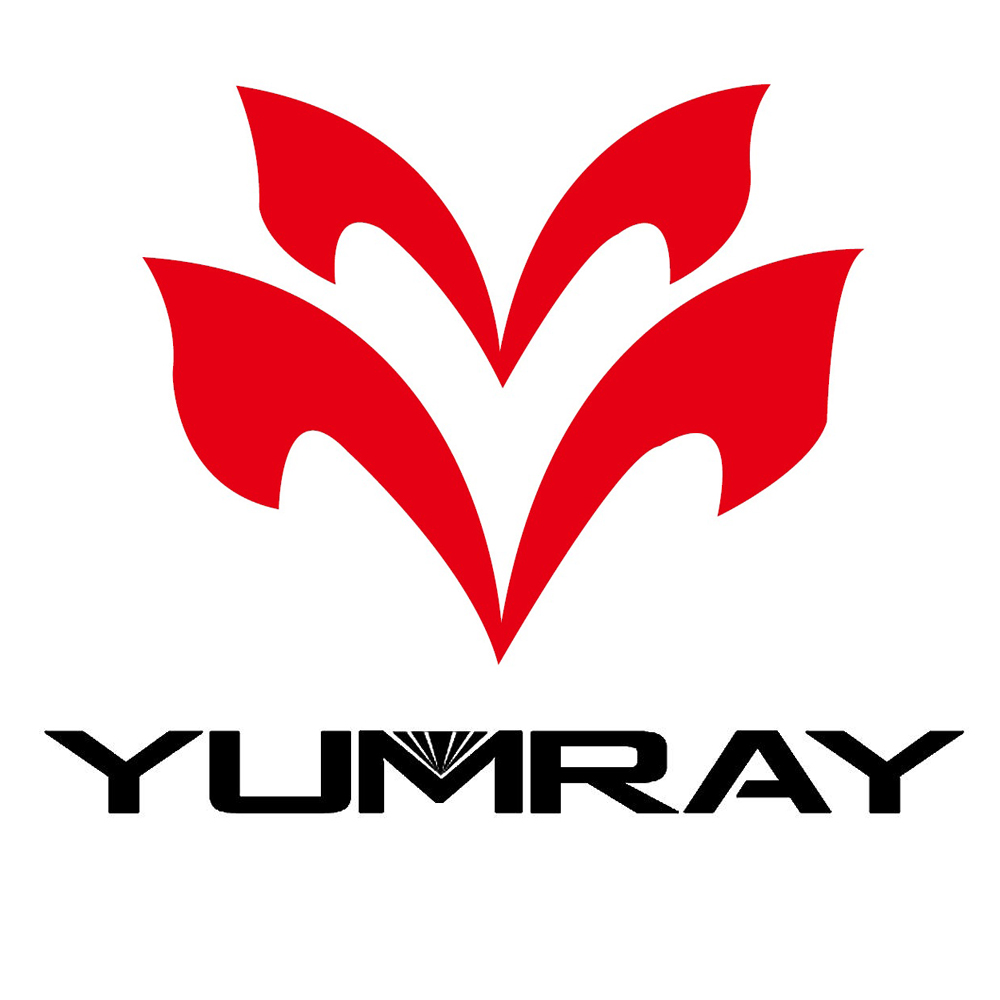The Present, Next Step and Future of Micro LED
he Present, Next Step and Future of Micro LED
After years of research and planning in fields of the industry, academia, and research, Micro LED, known as the ultimate display technology, is entering a new stage of development this year. Micro LED applications for large-size displays and wearables are beginning to enter the mass production stage. However, it will still require a considerable amount of time for Micro LED to mature and be commercialized on a large scale.
At the TrendForce-organized seminar “Next-gen Display Technologies and Trends”, Eric YB Chiou, senior research vice president at TrendForce, introduced the latest development of Micro LED in various applications, taking a chronological approach to the subject.
Now: Large-size Displays
Large-size displays (video walls) are currently the major application for Micro LED, which is also the focus of most LED and display manufacturers.
Chiou indicated that 2023 has been the most celebratory year for this new display technology, as companies worldwide are endeavoring to promote the mass production of large Micro LED displays and have made several breakthroughs.
For example, Samsung mass produced its 89" spliced Micro LED TV and is scheduled to announce 101" and 140" models. LG unveiled a 118" Micro LED TV, priced at RMB 1.737 million (approx. $237,739), on September 8. The manufacturer also plans to release a 136" Micro LED display targeting business use later this year.
BOE will announce its 89" Micro LED display later this year or earlier next year. Notably, the Chinese display maker has built a comprehensive LED display industry chain, enabling independent production of Micro LED display products. This approach somewhat offers convenience for other brands entering the Micro LED market.
The mass production of large Micro LED displays indicates that their technical costs are falling constantly. TrendForce has observed that companies have started using micro-grade LED chips, indicating that small-size chips will see continuous optimization in costs and quality.
For instance, Samsung currently adopts Micro LED chips each measuring 34μm*58μm, whereas LG applies the smaller 16μm*27μm chips, marking a crucial milestone for Micro LED technology.
Despite the falling cost, Micro LED still faces numerous challenges. As Chiou pointed out, mass transfer and backplane technologies are two major issues that must be addressed for large-size display applications.
Specifically, a 4K display contains around 8 million pixels, requiring the transfer of more than 25 million Micro LEDs (calculated based on the number of RGB chips adopted individually). Therefore, the efficiency of transfer technology and yield rate are critical to Micro LED development.
Manufacturers have been developing rapid and accurate mass transfer processes. As each approach has its advantages and disadvantages, the Micro LED industry no longer focuses on single mass transfer approach. Instead, it has been striving to create novel transfer technologies combining different processes. For example, some LED makers combine the stamp transfer process with laser transfer, reaching a balance between efficiency and yield.
As for backplane technology, side wiring is required to achieve seamless splicing of Micro LED displays. However, such process is complex, consequently slashing the yield rate of backplane manufacturing. Businesses including Samsung and LG are still exploring new ways to enhance the yield rate of backplanes for large Micro LED displays.
To lower the prices of large-size Micro LED displays and significantly promote them in the commercial and consumer markets, solving the aforementioned problems will be vital in the next few years.

